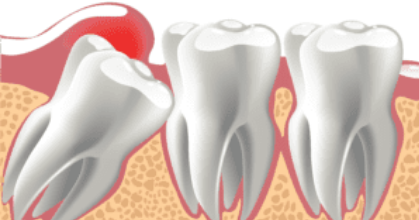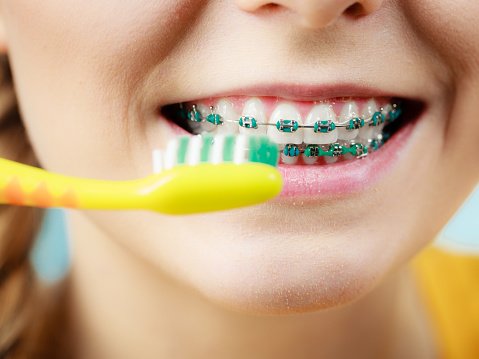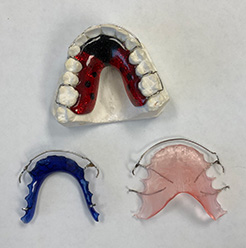Smile correction is the third-largest treatment category in the field of dentistry. Along with a shiny and bright smile, straightened and aligned teeth are now one of the prime requisites for many people in India. The benefits of orthodontic treatment do not end with a straight smile. It also aids in maintaining proper oral hygiene, preventing decay, and getting rid of many underlying gum diseases. But one of the major questions arises in the mind of many when it comes to getting orthodontic treatment done. The decision between aligners vs braces. This virtual tool will help you solve your problem and get a proper answer. Let us discuss this in detail.
The choice between aligners and braces depends on various factors, including your specific orthodontic needs, preferences, lifestyle, and the recommendation of your orthodontist. Here’s an overview of aligners and braces to help you make an informed decision:
Aligners (e.g., Invisalign):
- Appearance: Aligners are clear, removable trays that fit over your teeth. They are virtually invisible, making them a popular choice for individuals who prefer a more discreet orthodontic treatment option.
- Comfort: Aligners are generally more comfortable than braces because they have smooth edges and don’t involve any wires or brackets that can irritate the gums or soft tissues of the mouth.
- Removability: Aligners can be removed for eating, brushing, and flossing, which allows for more flexibility and ease of maintaining oral hygiene. It also means there are no dietary restrictions, as you can eat whatever you like without worrying about damaging brackets or wires.
- Treatment Process: Aligners work by gradually shifting your teeth into the desired position through a series of custom-made trays. You typically switch to a new set of aligners every 1-2 weeks. Regular visits to the orthodontist are required to monitor progress and receive new sets of aligners.
Braces:
- Effective for Complex Cases: Braces are a versatile orthodontic treatment option and can effectively correct various complex dental issues, such as severe misalignment, bite problems, and overcrowding.
- Treatment Control: Braces allow for precise control and targeted movement of teeth. Orthodontists can use different types of brackets, wires, and other appliances to achieve specific tooth movements and address more challenging orthodontic cases.
- Compliance: Braces are fixed appliances, meaning they are not removable. This can be an advantage for individuals who may be tempted to remove aligners frequently or struggle with consistent wear. Braces are always working, providing continuous tooth movement.
- Cost: The cost of braces can vary depending on the complexity of the case, the type of braces chosen (metal, ceramic, or lingual), and the duration of treatment. In some cases, braces may be a more cost-effective option compared to aligners.
It’s important to consult with an orthodontist to evaluate your specific orthodontic needs and discuss the pros and cons of aligners versus braces in your case. They will consider factors such as the complexity of your orthodontic issues, your lifestyle, oral hygiene habits, and treatment goals to recommend the most suitable option for you.










